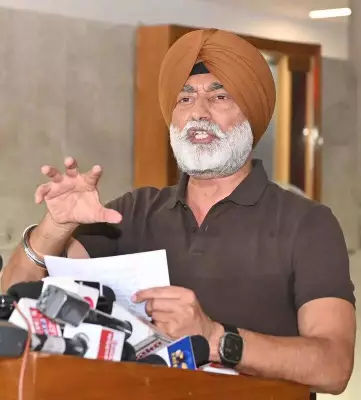
In the high-stakes arena of attracting corporate investments, Indian states are engaged in a financial arms race that's becoming increasingly unsustainable. The recent trend of states offering massive subsidies and incentives to lure businesses is creating a dangerous precedent that could have long-term consequences for India's economic health.
The Race to the Bottom in State Subsidies
Across India, state governments are competing fiercely to attract major industrial projects, particularly in sectors like electronics, automobiles, and renewable energy. This competition has escalated into what economists call "competitive federalism," where states outbid each other with increasingly generous incentive packages.
The pattern is becoming familiar: when a major corporation announces plans for a new facility, multiple states enter bidding wars, offering:
- Subsidized land at throwaway prices
- Tax holidays extending for decades
- Capital investment subsidies covering significant project costs
- Power tariff concessions and infrastructure support
- Employment generation subsidies
The Hidden Costs of Winning the Bidding War
While securing a major investment might seem like a political victory, the economic reality is often less rosy. The financial burden of these incentives falls squarely on state finances, diverting resources from critical areas like:
- Education and healthcare funding that could build human capital
- Infrastructure development that benefits all industries
- Public services that improve quality of life for citizens
- Debt reduction and fiscal stability measures
The Smarter Strategy: When to Walk Away
Ironically, the wisest move for many states might be to consciously opt out of these incentive wars. Several strategic considerations support this approach:
Focus on inherent advantages rather than artificial incentives. States with natural logistical advantages, skilled workforce availability, or existing industrial clusters should leverage these strengths instead of competing purely on financial incentives.
Invest in creating ecosystems rather than chasing individual projects. Building robust industrial infrastructure, ensuring policy stability, and developing human resources create sustainable attractiveness that outlasts any temporary incentive package.
Calculate the real return on investment of incentive packages. Many states discover too late that the net benefits after accounting for subsidies are minimal or even negative.
The Long Game: Building Sustainable Competitiveness
States that resist the temptation to engage in incentive wars can redirect those resources toward building fundamental strengths:
- Policy predictability and ease of doing business
- Quality infrastructure including power, roads, and digital connectivity
- Skilled workforce development through education and training initiatives
- Efficient governance systems that reduce compliance burdens
These foundational elements create an environment where businesses choose to invest because it makes economic sense, not because they're being paid to come.
The Future of Industrial Development in India
As India continues its economic growth trajectory, states need to evolve beyond incentive-based competition toward more sustainable models of development. The current approach risks creating:
- Fiscal stress and budget deficits
- Uneven development across regions
- Dependency culture among corporations
- Race-to-the-bottom dynamics
The most successful states in the coming decades will likely be those that recognized early that sometimes, the most powerful move is knowing when to walk away from a bad deal and focus on building genuine, lasting competitive advantages.
The conversation around industrial incentives needs to shift from "how much can we offer" to "what makes us naturally attractive and how can we enhance those qualities sustainably."





